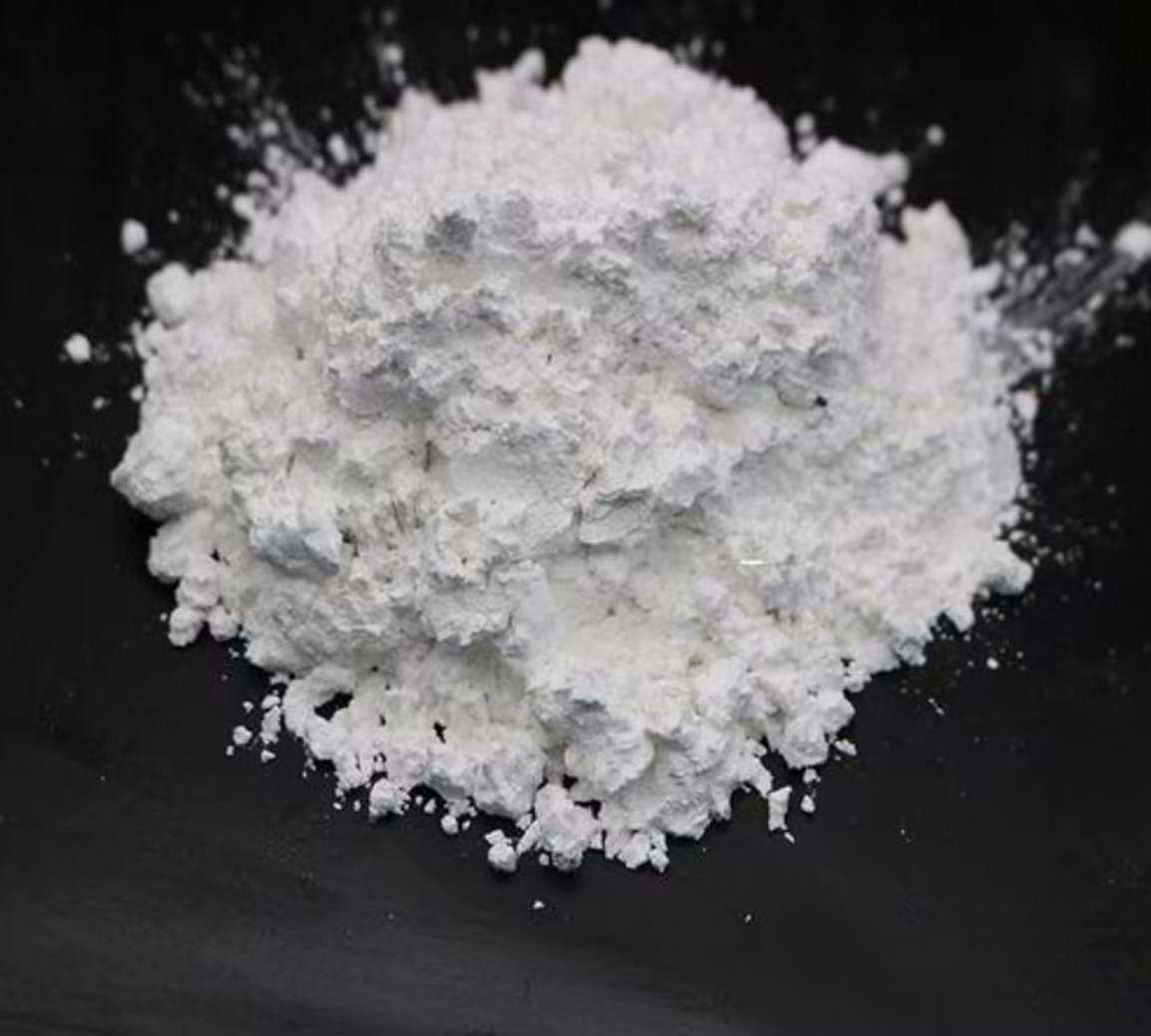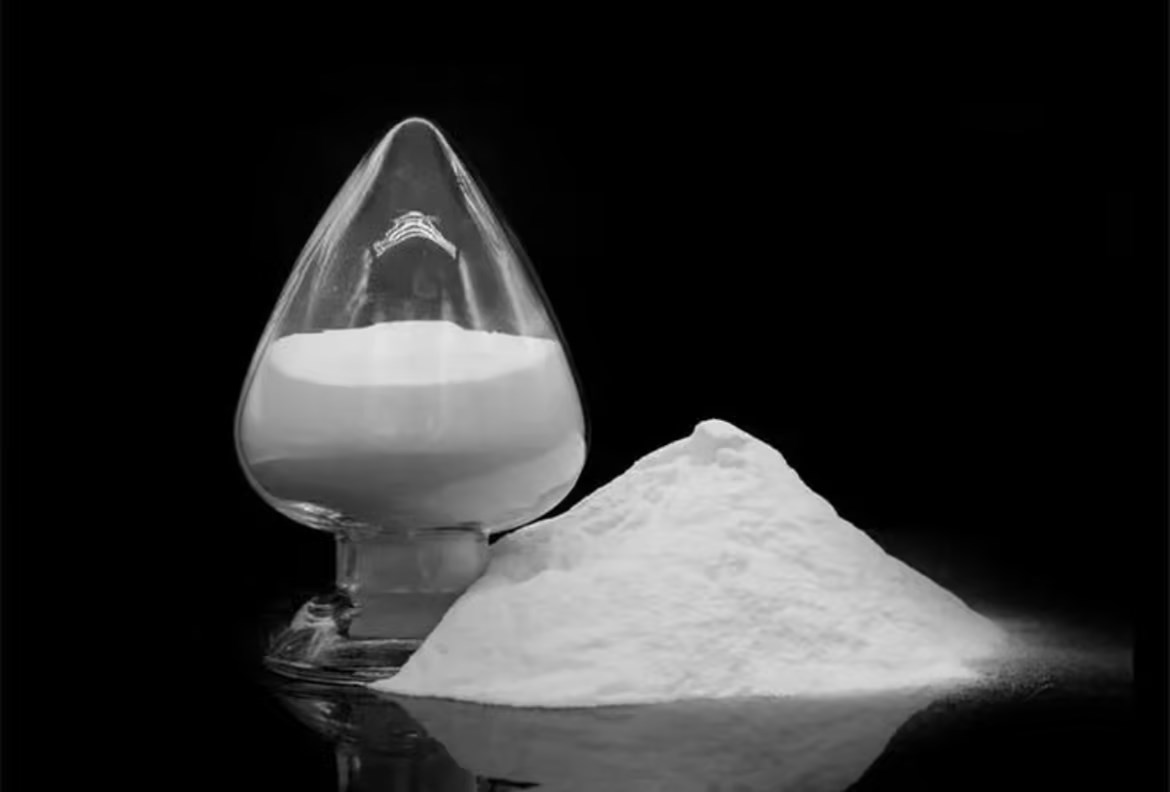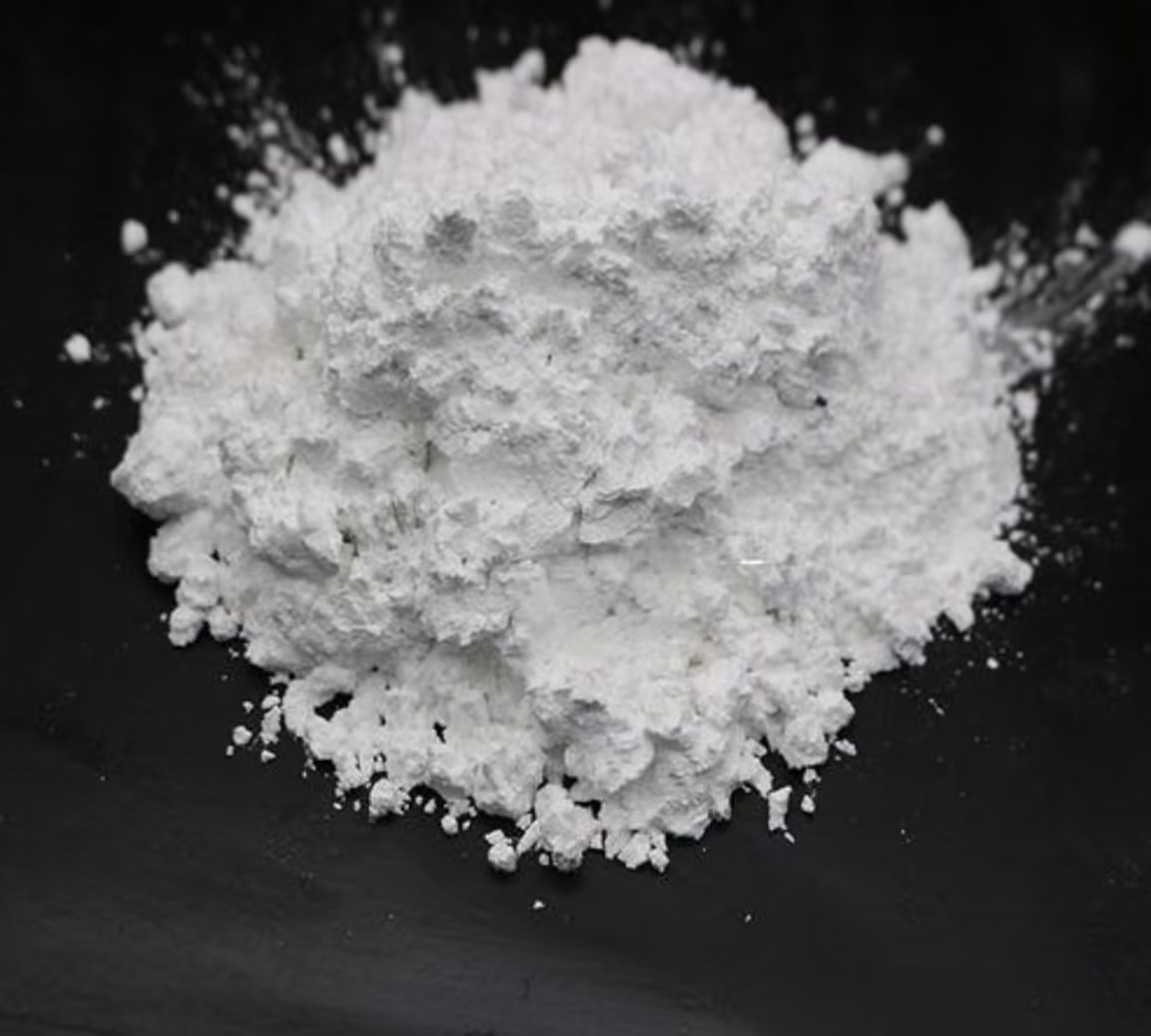White carbon black, as a type of high-performance inorganic nanomaterial, has shown extensive application potential in many industrial fields due to its unique physical and chemical properties, especially in the coatings industry, where its application is irreplaceable. This article will start from the basic characteristics of white carbon black and explore its specific applications in coatings and the performance improvements it brings.
https://www.iotasilica.com/product-fumed-silica-iota-hl4200.html
1、 Basic characteristics of white carbon black
White carbon black, chemically known as silica, is a white powder or granular X-ray amorphous silicate and silicate product. Its chemical composition can be expressed as SiO2 · nH2O, where nH2O exists in the form of surface hydroxyl groups. White carbon black has a porous structure and is soluble in caustic soda and hydrofluoric acid, but insoluble in water and other conventional solvents (except hydrofluoric acid). It is heat-resistant, non flammable, odorless, tasteless, and has good electrical insulation properties. These characteristics make white carbon black the preferred material in many industrial fields.
According to different production methods, white carbon black is mainly divided into precipitation method white carbon black and gas-phase method white carbon black. Precipitation method white carbon black is usually produced using sulfuric acid, hydrochloric acid, CO2, and water glass as the basic raw materials, while gas-phase method white carbon black is obtained by gas-phase hydrolysis of silicon tetrachloride at high temperature, with a product purity of up to 99% and a particle size as small as 10-20 nm. All of the white carbon black produced by gas-phase method is nano silica, which has a huge specific surface area, making its application particularly prominent in the coating industry.

2、 Application of White Carbon Black in Coatings
Extinguishing agent: The refractive index of amorphous white carbon black is 1.457, which is similar to the refractive index of conventional resin coatings, making it the preferred extinction agent for high-end coatings. After adding white carbon black, the coating can produce matte and matte effects, meeting the market's demand for coatings with different glossiness. In varnish, white carbon black not only provides good optical properties, but also improves the scratch resistance and wear resistance of the coating.
Thickener and thixotropic agent: White carbon black has strong adsorption capacity and dispersibility due to its unique nanostructure and huge specific surface area. In coatings, it can be used as a thickener and thixotropic agent to improve the viscosity and suspension stability of the coating, preventing the settling of pigments and fillers. This is crucial for improving the construction performance and storage stability of coatings.

Reinforcing agent and filler: Gas phase white carbon black, due to its small particle size and large specific surface area, can be used as a reinforcing agent and filler for coatings to improve their hardness and wear resistance. Adding an appropriate amount of white carbon black to the coating can not only increase the thickness and density of the coating, but also improve the anti permeability and weather resistance of the coating.
Special performance improvement: In the adhesive used for wind turbine blades, strong hydrophobic modified nano scale gas-phase white carbon black has strong stability and can avoid solvent based effects, ensuring the long-term stability and excellent bonding performance of the adhesive. In addition, white carbon black can also be used to prepare coatings with special functions, such as fireproof coatings, anti-corrosion coatings, etc. Through its unique physical and chemical properties, it can improve the fire resistance and corrosion resistance of coatings.
3、 Advantages and Challenges of White Carbon Black in Coating Applications
The application of white carbon black in the coating industry has significant advantages, such as improving the comprehensive performance of coatings, reducing production costs, and promoting environmental protection. However, its application also faces some challenges, such as how to ensure the uniform dispersion of white carbon black in coatings, how to avoid agglomeration, and how to choose suitable white carbon black models according to the specific needs of coatings.

To address these issues, coating manufacturers need to continuously research new dispersion technologies and modification methods to improve the dispersibility and stability of white carbon black in coatings. At the same time, it is necessary to strengthen the interaction between white carbon black and the coating substrate to ensure the full performance of the coating.
4、 Conclusion
White carbon black, as a high-performance inorganic nanomaterial, has broad application prospects in the coatings industry. By fully utilizing its special properties such as extinction, thickening, and reinforcement, white carbon black not only improves the comprehensive performance of coatings, but also promotes the environmental protection and sustainable development of the coating industry. In the future, with the advancement of technology and the improvement of people's environmental awareness, the application of white carbon black in the coating industry will be more extensive and in-depth.


